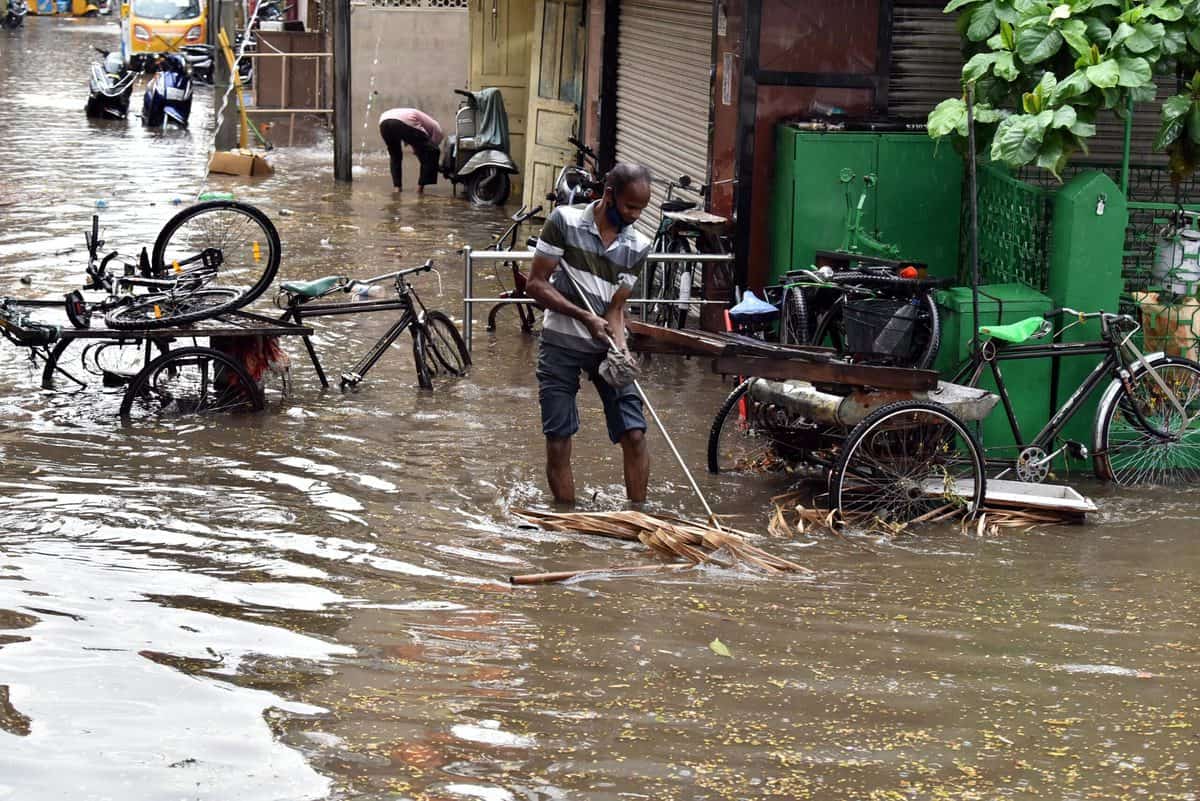
Hyderabad: As the monsoon season begins, concerns have been raised about the potential water blockages on roads in various parts of the city, particularly in areas falling under the jurisdiction of GO-111 and adjacent regions.
The construction activities that have commenced following the revocation of GO-111 by the government pose a risk of obstructing the flow of rainwater. In response to this, Municipal Administration Minister KT Rama Rao has announced the formulation of guidelines for development projects on the 1.54 lakh acres of land and settlements within 15 days, as mandated by the state government’s order to revoke GO-111.
The activists who have been protesting against the abolition of GO-111, as indicated in GO 69, have decided to launch a campaign focusing on the water levels and discharge from both the Himayat Sagar and Osman Sagar reservoirs during the ongoing rains in Hyderabad, Secunderabad, and several districts of Telangana. Their aim is to raise awareness among the public about the importance of this issue and highlight the situation at hand.
Environmental activists dedicated to the conservation of ponds and reservoirs have expressed concerns over the government’s attempts to declare both the Himayat Sagar and Osman Sagar reservoirs non-functional. They argue that recent minor rains have already caused the reservoirs to overflow, resulting in the release of water into the Musi River. As a result, there is no need for repeated drainage of water from both reservoirs.
Water experts warn that the revocation of GO-111 will have detrimental effects, including the destruction of these culturally significant reservoirs in Hyderabad and an increased risk of flooding in various areas, particularly the suburbs. Construction within the water channels that supply water to Himayat Sagar and Osman Sagar could exacerbate the flood risk during every monsoon season.
Organizations dedicated to the protection of ponds emphasize that the accumulation of water in both reservoirs demonstrates their viability and the usability of the water. They believe that by removing accumulated sand and soil from these ponds, the water collected in the reservoirs can be made usable and the premature discharge due to reaching the danger mark can be prevented.
It is crucial for the government to prioritize the preservation of these reservoirs and ensure proper water management to mitigate the risks associated with monsoon seasons.



